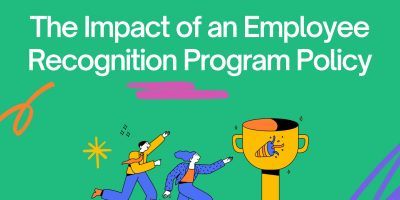
The Impact of an Employee Recognition Program Policy
Uncover employee recognition program policy’s potential to impact an organization’s work culture. Recognize employees for their work and achievements to build a culture that attracts top talent, where engagement thrives, and where employees are motivated to do their best.





